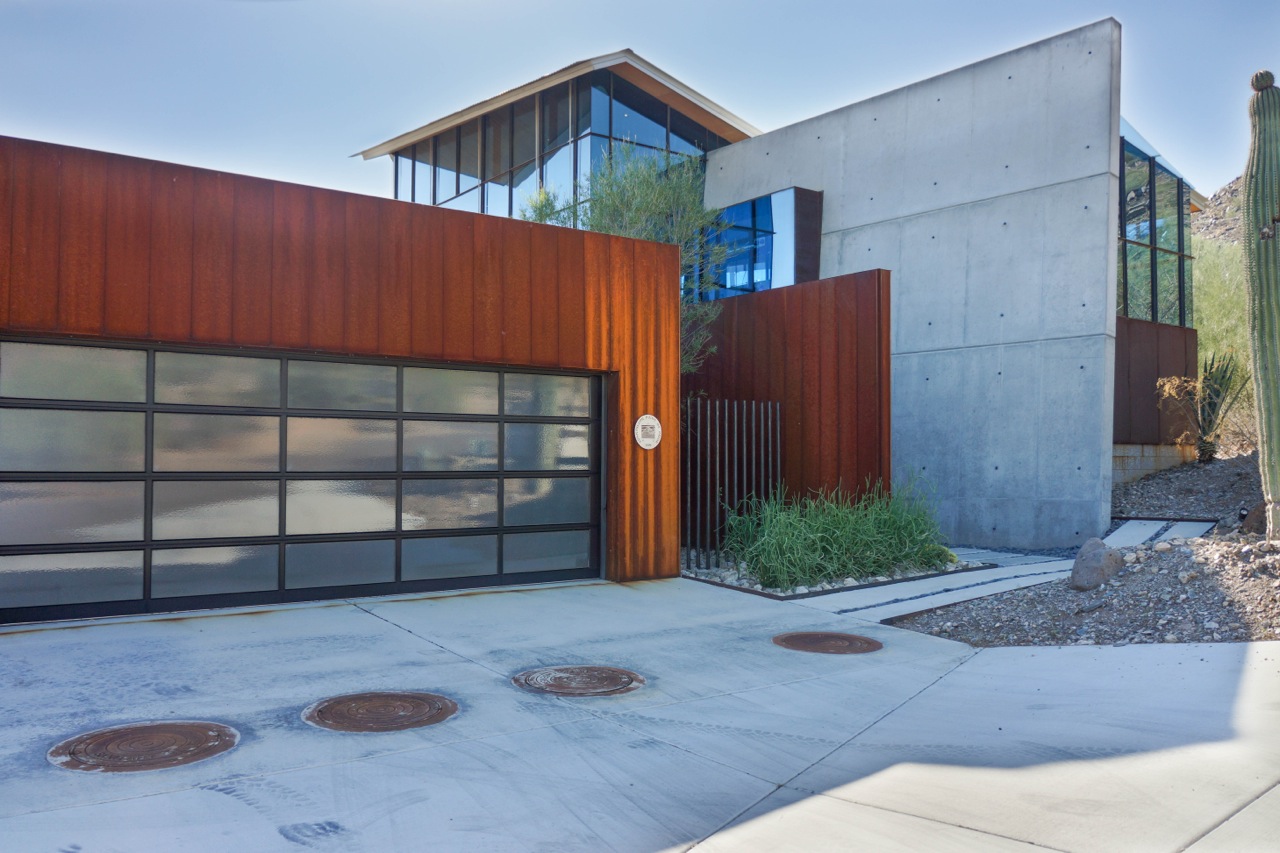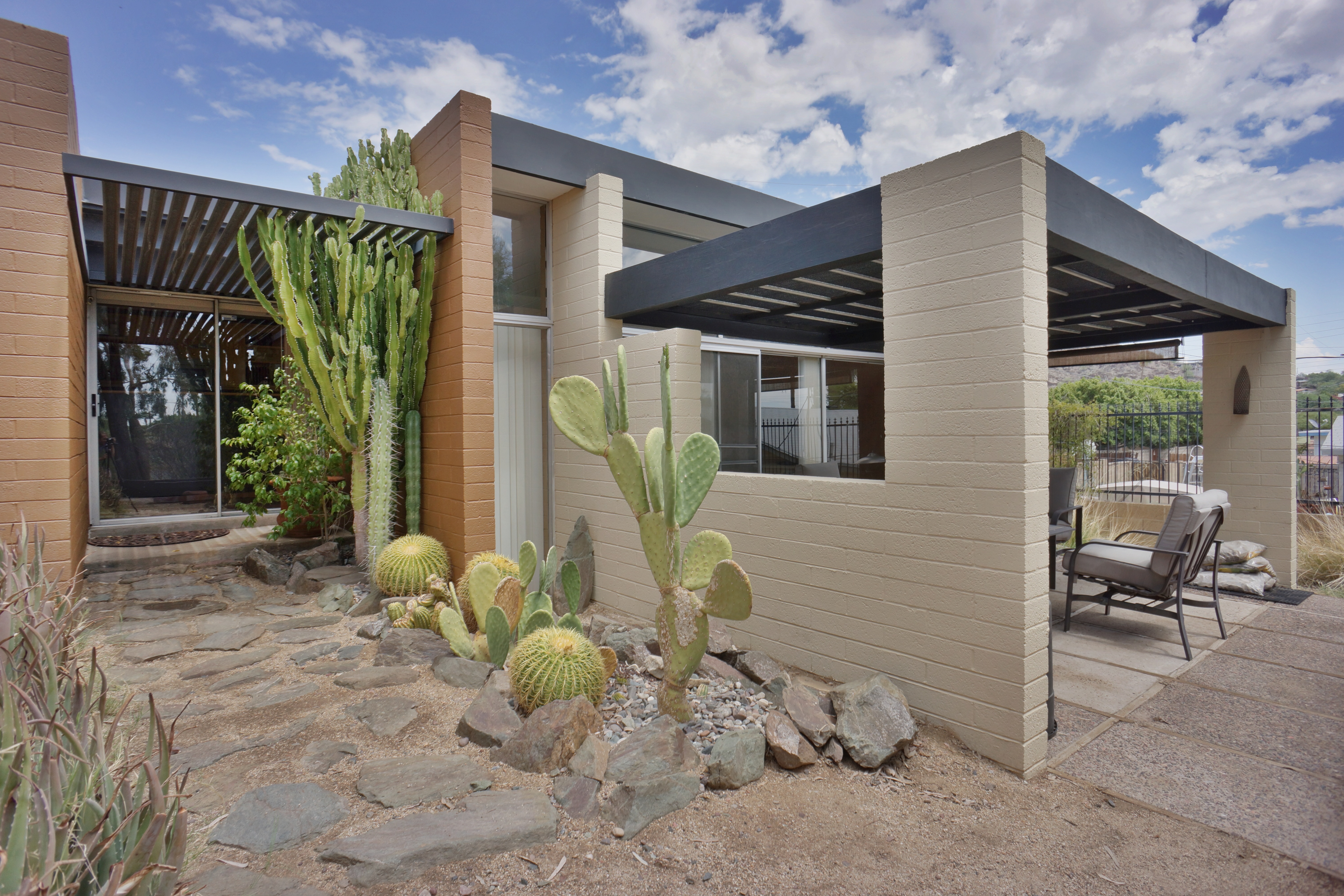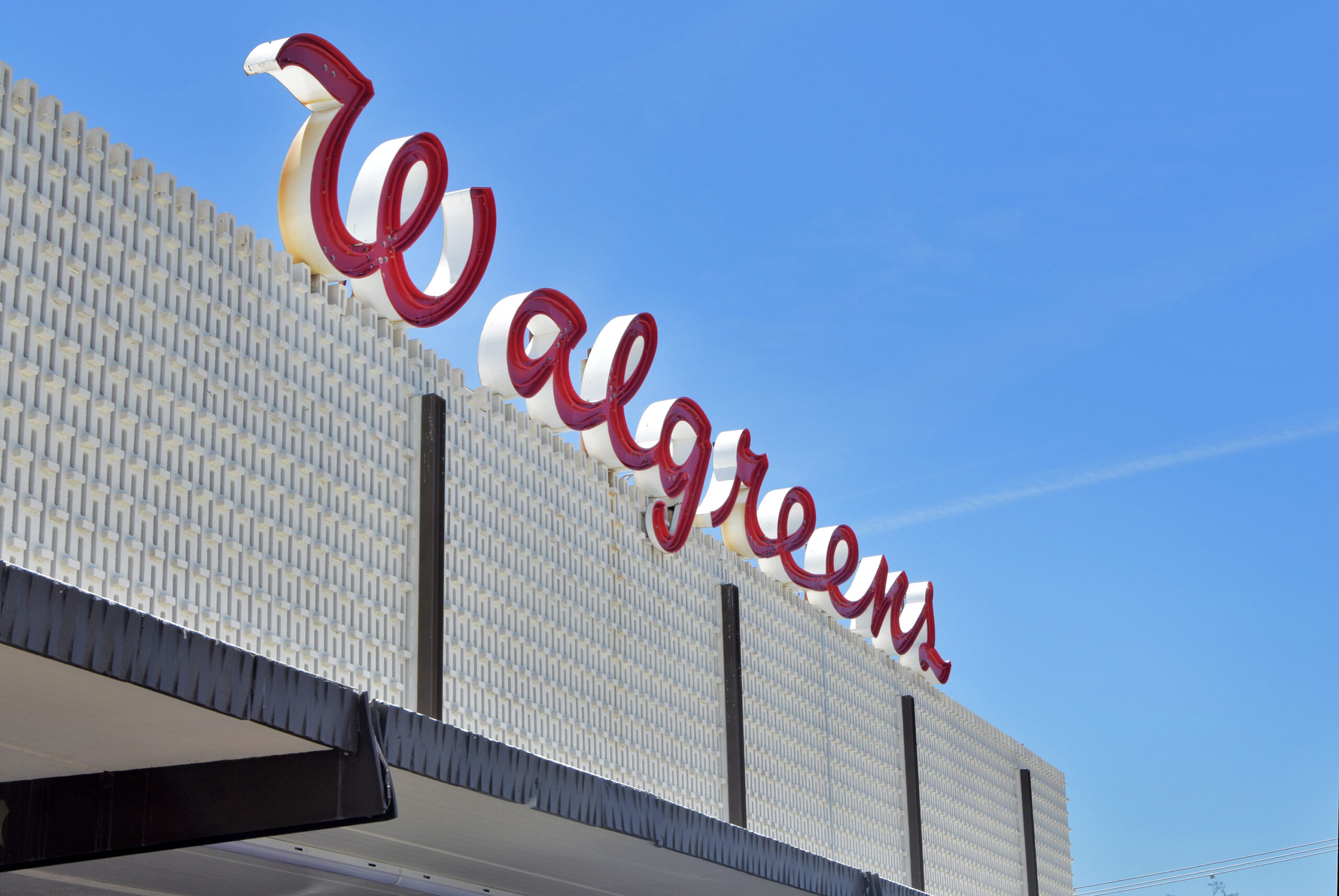Be part of the conversation: azarchitecture/Jarson & Jarson Architecture blog covers architecture and civic topics that comment on what’s happening in the Valley’s diverse design community. Here’s what’s happening now:

Architecture and Creation in Sunnyslope (Part 2)
The name "Sunnyslope" originates with architect William R. Norton, while she and her father were on horseback in North Mountain, when one of the hills was suddenly bathed in sunlight, which inspired an off-handed comment about the "beautiful sunny slope" before them. The name stuck.
The second part in our two-part series about Sunnyslope. Part 1, which was titled ‘A Flyover Guide to Sunnyslope,’ was published on azarchitecture here
The origins of Sunnyslope are inadvertently routed in architecture and design, and they continue as many architects, from both the past and present, have left their mark on the area which lends to its rich eclectic nature.
Architect William R. Norton moved his family from San Francisco to Phoenix in 1907 to recover from the symptoms of black measles and pneumonia, which the dry air and warm climate offered to remedy. The desert landscape in Arizona was picturesque and plentiful — but also cheap.
The name “Sunnyslope” originates with Norton, specifically his daughter Alice. One day, according to legend, while she and her father were on horseback in North Mountain, one of the hills was suddenly bathed in sunlight, which inspired an off-handed comment about the “beautiful sunny slope” before them. The name stuck. So, in 1911 as he continued to expand his architectural firm, he took his daughter’s turn-of-phrase and branded and platted it, as a new 40-acre subdivision between Central and Dunlap Avenue.
At that time, the area’s character was impugned for its status as a tuberculosis camp for those to recover from their symptoms. Eventually Sunnyslope further populated and those once afflicted, but now cured, settled. Subsequently, the wartime workers stayed and then veterans moved in. Following World War II, the reputation of the area leveled out and attracted people you need to grow a community: architects and designers.
Architect Fred M. Guirey and builder John F. Long were two of several designers who built out a couple hundred dwellings in the blossoming North Central Heights, bordered just west of Central Avenue on Hatcher. If you’re on a self-guided tour through the area, Guirey’s homes are more easily identifiable through the pronounced patio space in front. In the 1970s, Paul Christian Yaeger, an accolade of Frank Lloyd Wright, designed a vaguely Usonian-looking house atop one of the area mountains, which azarchitecture listed and sold in 2015.
Flash forward to present and architects still flock to the Sunnyslope area for builds and remodels. James Trahan (of 180 Degrees), Wendell Burnette, Jerry Little (of SEAD Architecture) were responsible for notable, award-winning designs in Sunnyslope, while Eddie Jones (of Jones Studio) is also a fan of the area. Several of the designs, including the Dialogue House and Five Degrees Residence, azarchitecture has represented the past. The architectural office of Marlene Imirzian, with its neat desert landscaping and striking Modern remodel of its MidCentury structure, exists on the other side of Sunnyslope High School on Central Avenue.
If you travel east to the edge of the preserves on Mountain View Road, you’ll find the subdivision of Ocotillo Hills, where the lines between MidCentury and Modern blur alongside each other. Wherever you go, there’s little existence that beige and forgettable is the ethos for anything in the area.
It’s on the rise?
If there’s a thread that runs through the history of Sunnyslope, it’s a perpetual cycle of renewal whenever the more seedier elements threatened to envelope them. In 1999, during one such downturn cycles, salvation arrived in the form of a 12-acre neighborhood retail center, named “Sunnyslope Village Center,” symbolically in the same spot where Norton platted his Sunny Slope subdivision almost a century prior.
Behind the efforts were a mix of local business owners, community leaders and governance working to enhance the areas reputation through a mixture of grants, development and community policing. Anyone with the means of looking to move their business found easy allies in the varied community improvement and business coalitions — and it appears the outreach and revitalization is working (and people are finding Sunnyslope on their own).
“What you are seeing is the envelope being pushed,” said Larry Ortega, in a 2018 Phoenix Business Journal article. “People are starting to discover Sunnyslope has a lot of interesting business aspects.”
In the area, there is an eclectic mix of incomes, housing values, retail and restaurants.
Ortega and a business partner recently then-recently brokered the sale of the midcentury Walgreens Center at 8905 N. 7th St. for $3.3 million. The plaza resides in a high traffic area where three major roads, (7th Street, Cave Creek and Dunlap Road) intersect. In the last 18 months, Little Miss BBQ and a Planet Fitness moved into the same shopping center. As of this writing, a Salad ‘n’ Go, the ultimate sign of an area on the upswing, is set to be built on the spot of a shuttered Jack in the Box.
In 2017, Ladera Cantina opened up, under the same philosophy of Little Miss BBQ, bringing an upscale eatery to an area that normally wouldn’t naturally lend itself to such a business decision. It’s unknown if Tucker Woodbury and Jim Riley, the business partners behind Ladera, were aware that this was the same ethos behind the opening of Corbin’s Bar and Grill, which opened in the exact same building in 2005.
“We’ve done something a lot of people told us not to do,” Kevin McNeill, the owner of Corbin’s Bar and Grill, said, in a community video from 2007. “We’ve opened an upscale neighborhood bar and grill, in an area that people said, ‘Don’t make things too nice, this is Sunnyslope.’ I’m real happy I didn’t listen to them.”









